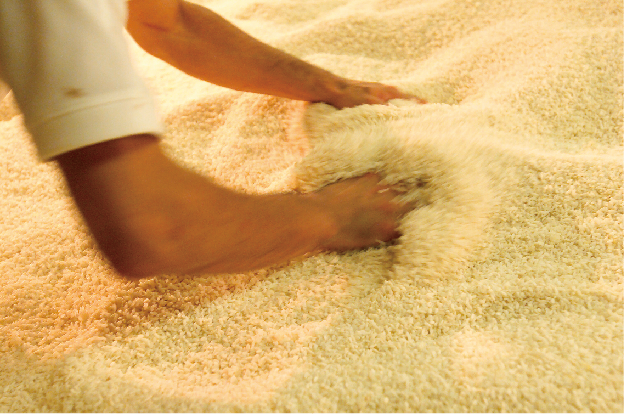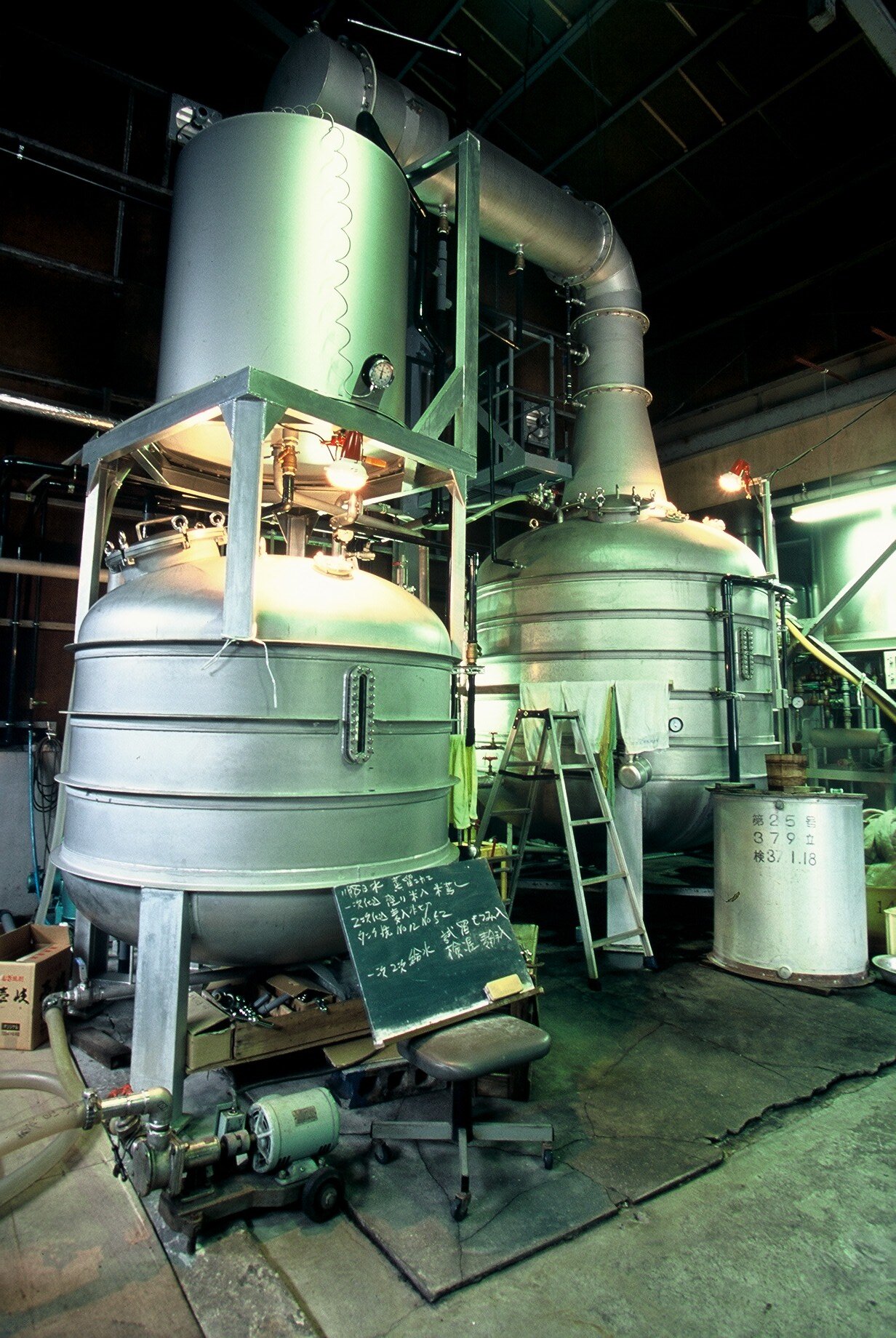
About Shochu: Japanese Craft Spirit
Contributed by Don Lee
Shochu is a unique distilled spirit from Japan made with a wide variety of ingredients through a combination of ancient and modern techniques.
Across its diverse range of flavors, all Shochu share a special method of fermentation—using Koji—that isn’t traditionally found in any other region.
A Brief History of Shochu
Archeological evidence suggests distillation technology to have in Asia prior to 500BC but the first written record of the characters for Shochu (焼酎) dates back to 1559.
Graffiti left on the rafters of the Koriyama Hachiman Temple Shrine in Isa City (Kagoshima Prefecture) by carpenters in repairing the roof in 1559 complain that they weren’t given shochu at the end of their work as was customary. “The head priest was awfully stingy and never even gave us any shochu. What a pain!”
Understanding Shochu
Perhaps the easiest way to think about Shochu is to consider the four main factors that influence the final flavor. The first two “basic” factors will be the most obvious noticeable differences while the second set of “advanced” factors will be more subtle and may not be as important for most folks.
When first learning and comparing different Shochu try to keep as many of the variables the same to keep things simple. By changing each of these factors one at a time you will be able to focus on what’s really different.
Base ingredient
Cereals (Rice, Barley, Buckwheat etc.), Potatoes, Sake Lees, Brown Sugar (only Amami Island) + 46 other options
Final Proof
Diluted (<36%) or undiluted (up to 45%)
Type of Distillation
Atmospheric Pressure or Reduced Pressure (though less common Shochu can also be a blend of both types of distillation).
Type of Koji
Black, White, or Yellow
Ingredients
Around 50 different ingredients are used to make Shochu but Shochu is most commonly made from rice, barley, sweet potatoes, brown sugar, and buckwheat.
Shochu can also be made from sesame, chestnut, pumpkin, daikon radish, green tea, shiso, wakame seaweed, tomato, and other ingredients, as permitted by regulation.
Aging
Shochu is primarily unaged giving it a clear finish. On occasion, it can be aged in stainless steel, clay, and oak barrels.
Types of Shochu
The Japanese government regulates categories of shochu for taxation purposes based on the type of still used (pot still or column), the percentage of alcohol distilled, types of koji used, and the raw ingredients that are used for fermentation.
Honkaku Shochu (Otsu-rui)
The main category of single pot stilled shochu.
Awamori
Honkaku Shochu specifically made in Okinawa from Thai rice and Black Koji.
Ko-rui Shochu
The main category of column stilled shochu.
Muroka
Unfiltered
Genshu
Undiluted
Long-Term Maturation
At least 50% has been aged over 3 years.
Oak Cask Maturation
Has been aged in oak.
Kusu
Awamori that has been aged a minimum of 3 years, if there is a more specific age statement it is the lowest age in the blend.
The Production Process
All Shochu first goes through a fermentation phase followed by distillation. Unlike other types of alcohol, Shochu is uniquely fermented using yeast along with a mold called Koji. Koji naturally produces an enzyme that breaks down the raw ingredients such as rice, sweet potato, or barley from starch into sugar, which can then be consumed by the years. The Koji is first cultivated separately (usually on rice) then mixed with the main ingredient, yeast, and water. Most Shochu (except Awamori) are fermented in two stages called the First and Second “Moromi”. By starting with a smaller amount of the ingredients in the first Moromi the fermentation has a concentrated start to prevent contamination before the bulk of the ingredients are added in the second Moromi similar to making a levain when making sourdough bread
Once the fermentation is complete Shochu is distilled single pot still or column stills. Furthermore, both types of distillation can be done at normal “atmospheric pressure” or “reduced pressure” which lowers the temperature required to separate the alcohol. Reduced pressure distillation preserves floral flavors that are temperature sensitive and tends to be milder. The higher temperatures of atmospheric pressure distillation breaks down more delicate aromas and concentrate stronger bold flavors and has a richer body.
Shochu is primarily an unaged clear spirit but it can be rested or aged before bottling. Shochu can be chill-filtered and/or diluted before bottling.
Production Locations
Spirit of Shochu in Future Bars
Recorded and broadcast for Sake Future Summit 2020 held on November 21-22. Brought to you by the Japan Sake & Shochu Makers Association and presented by Sake On Air. Broadcast from the Japan Sake & Shochu Makers Association.
Joined by innovators and pioneers of the bar and mixology scene, we’ll look at how honkaku shochu stands out in a rapidly evolving and expanding spirits market, how the category is poised to define itself in bars across the globe, where it can potentially ride trends, and where it can (and should) break them. As the bar landscape has changed drastically in recent months, we’ll glean insight from the industry’s leading innovators, while examining how a relatively undefined category like shochu can carve out an identity for itself in the world ahead.
Looking for additional information?
Learn more about Honkaku Shochu and Awamori below.













